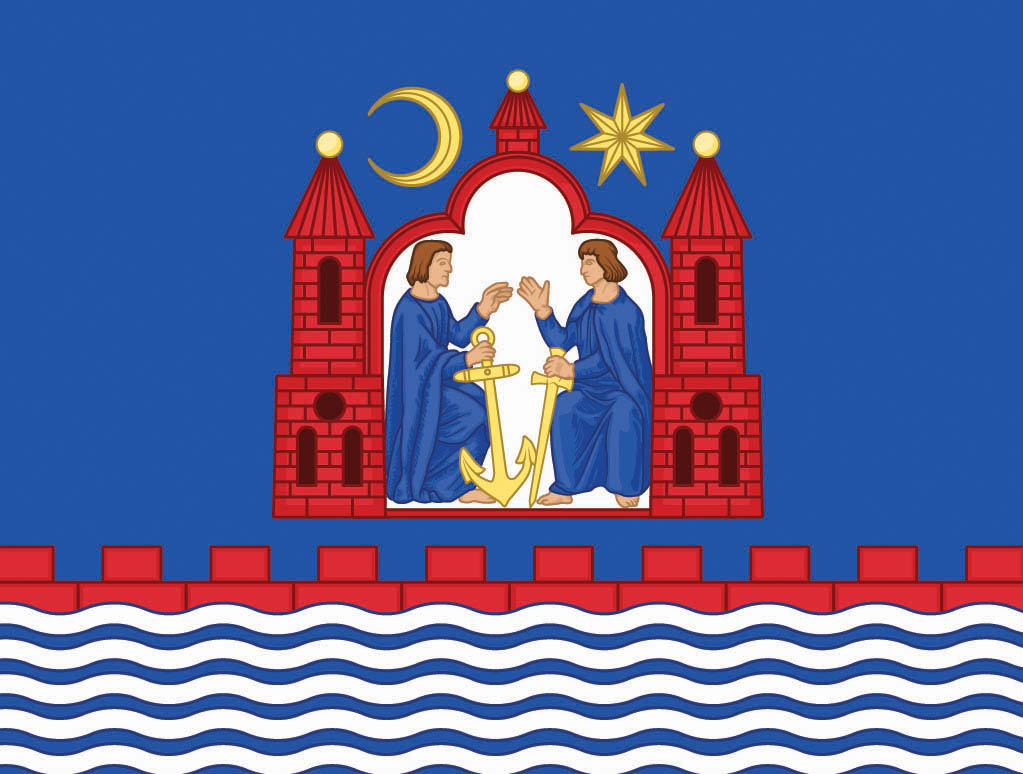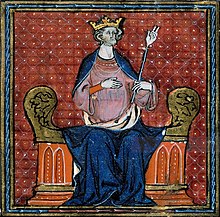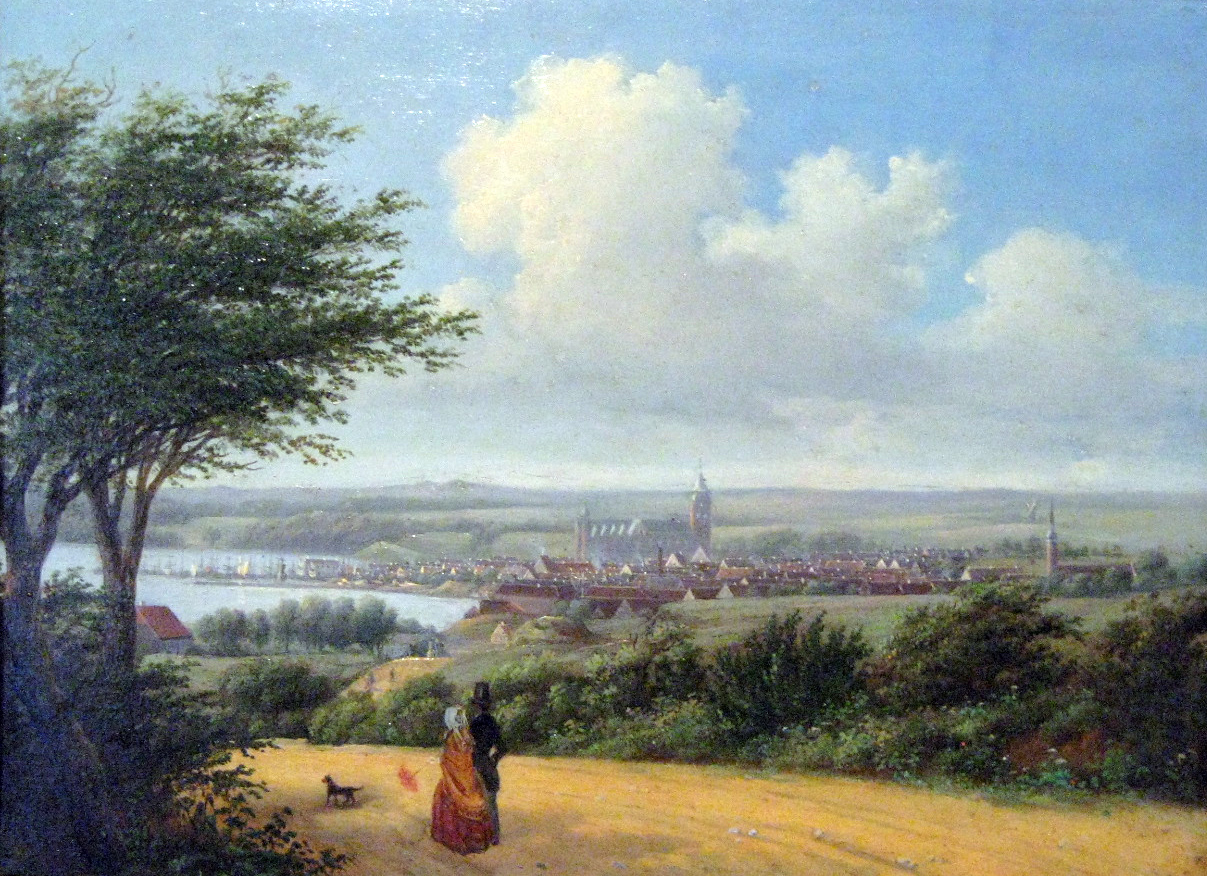Danemark
Kongeriget Danmark
They traded their swords for coins, but they raided us just the same.
From the far north of Europe came raiders and traders. They pillaged villages, raided abbeys, and were the most feared warriors in northern Europe. Their ships came far up river; anywhere with water access was at risk.
Then, the raids stopped. The warriors fell to squabbling in their home lands and the rest of Europe was relief from their attacks. A few centuries later, the raiders came back, but this time armed with coins rather than swords. A viking empire became a mercantile one, and Danemark sits as one of the most economically powerful nations of the north.
History
The story of Danemark begins with the Danes who began to settle the area during the Iron Age. The tribes gradually consolidated into petty kingdoms that eventually came under one rule in the 8th century. This century also saw the beginning of viking raids as they set out to find land and riches over the sea.
Vikings
From the 8th - 10th centuries, Danish vikings wreaked havoc in north western Europe. They established rule over a large part of Anglia and terrorized the Irish coastline. Along with the raiders, there were also merchants. Trade ships travelled south, along the rivers, establishing trade connections all the way to the Byzantine empire.
In 852, they established a colony on the north coast of what is now France. This colony, known as Normandy, became an official entity in 911, after the king of the Franks ceded the territory to them after the defeat at the Battle of Chartres.
Purge of the Norse
In the mid 980s, Harald Bluetooth took the throne and converted to Christianity. He began attempting to spread the religion throughout his subjects, but a war with the Franks interrupted those plans. In 987, Normandy - and all other Norse settlements on the coast of France - became the target of Hugh Capet's conquering of France.
The Franks, aided by pathstones never before seen outside of Cordoba crushed the Norse and sent them fleeing back to Jutland.
Capet's fleet followed the Norse home and pillaged several coastal towns until Harald signed a treaty, ceding them coastal territories and an agreement to never raid French territory again. Harald's defeat and the recent attacks by Christian France turned the majority of the populace against Christiantiy, and Harald's attempts to Christianize the kingdom failed.
Fracturing of Danemark
Things were looking dim for the Danes. Their rule in Anglia was fading, their best ports were occupied by the French, and the pockets of the king grew sparse. Danemark, which only unified under a single king in the mid 10th century, began to fracture.
By 1100, the Kingdom of Danemark had dissolved into a collection of petty kingdoms ruled by warlords. The only reason they did not get swallowed up by the kingdoms of Norway or Swealand was the continuing presence of France, who were unwilling to let another Norse powerhouse get a foothold in Jutland.
In the 12th century, merchants continued to try to make the best. However, they found themselves hampered. No local ruler had enough power to protect traders, either on land or by sea. Additionally, the different currencies used in each small kingdom made trade difficult.
The Århus League
To solve these problems, merchants from throughout the Danish lands came together to form the Århus League. This organization, named for the prosperous port city where they placed their headquarters. United, they pooled money to hire mercenaries to protect investments and created a single coin to be used throughout Danish lands. In time, the Århus League grew wealthier than many countries.
The king of Århus, the small kingdom with the city at its core, grew the wealthiest by hosting their headquarters and exacting tax. Århus began exerting power over neighbouring kingdoms, with its influence gradually expanding until Danemark was once again united under a single ruler in 1386.
Despite the king's rule, the Århus League had by then amassed much more power and wealth than the monarch possessed. The League had supported the coronation of the first king, Frederick I, under the condition he sign a charter granting significant political rights to the League to serve as an economic parliament. Nobles and League merchants would stand on equal footing.
The Århus League became known as the Venice of the North, controlling trade throughout northern Europe. Where the Danes once ruled and seized territory through force, they now did it through economic domination. In the 16th century, when the Kingdom of Norway was nearly bankrupt, it entered into a union with Danemark out of financial need. The Chairman of the League has as much - if not more - influence on the direction of Danemark than the king.
Religion
Danemark was a long holdout against Christianity. It maintained its pagan roots and worship of the Norse gods into the 13th century. During the fractured era, some local kings converted to Christianity, but there was never enough centralization to enforce it throughout the region. Even when it did, Christianity was synchronized with Norse beliefs, with many practitioners treating the Christian god as simply the most powerful of gods alongside others like Odin.
King Frederick I, the first king of united Danemark, converted to Christianity shortly before uniting the kingdoms. His conversion, and subsequent alliance with the Christian kings of Europe, was a significant factor in his domination of the other kings. Still, Danemark saw a distinct flavour of Norse Christianity, with its own symbols and heroes, until Arbitriumism arrived in the 16th century.
Today, Arbitriumism is the state religion, but other religions are tolerated. After Arbitrists, Catholics are the next most common religion (10%), along with minority groups of Jews, Muslims, and Protestants.

Founding Date
1386
Type
Geopolitical, Kingdom
Demonym
Danish - Dane
Government System
Monarchy, Constitutional
Currency
Danish krone
Official State Religion





